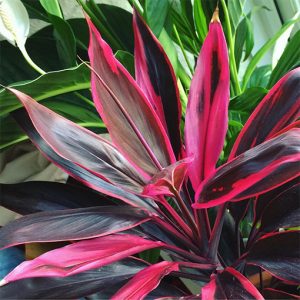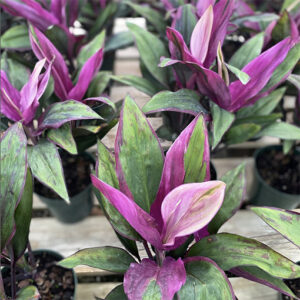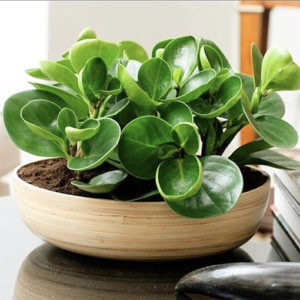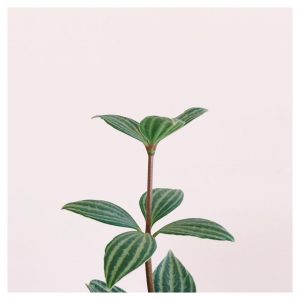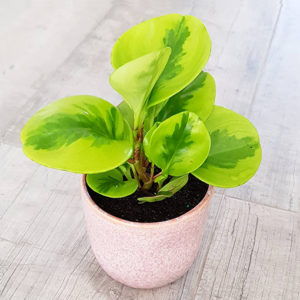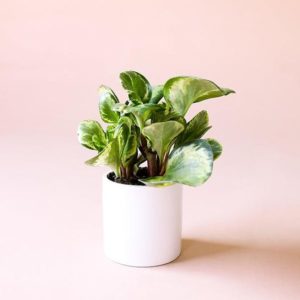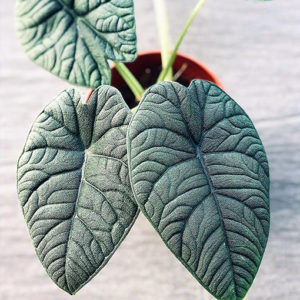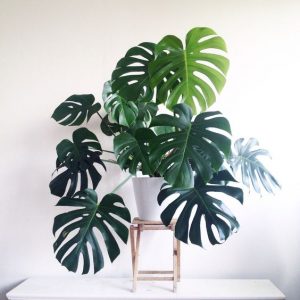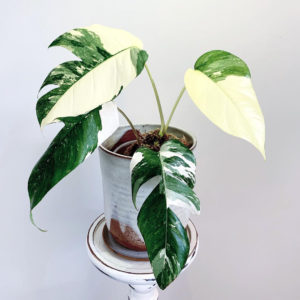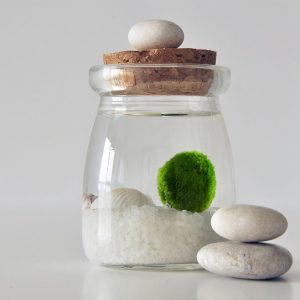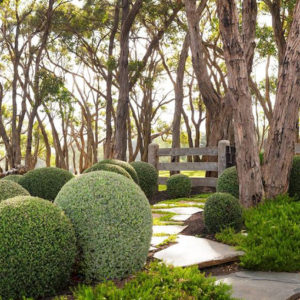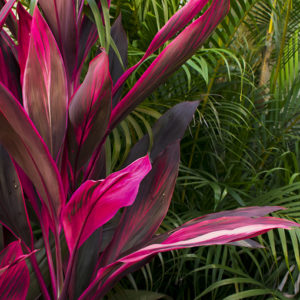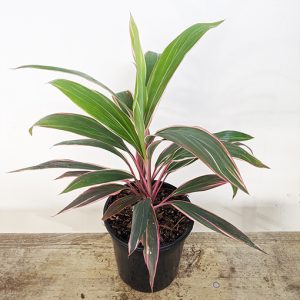
Australian Natives might be better known for their rugged good looks, but not this well groomed chap! The Westringia Fruticosa, commonly known as the Coastal Rosemary (despite not being a rosemary) scrubs up a Million Dollars. This drought tolerant Native is perfect adapted to the Australian Climate and with dozens of varieties offers numerous colour options to suit your design, whether a hedge, border, cloud garden, Mediterranean or native garden. But like all good Australians it does have a wild side, so if you prefer let it grow big and shaggy!
📷: @Homes To Love AU
Where to buy a Westringia Fruticosa in Australia?
Why we’re glad you asked as we do our best to have a steady supply of Westringia Fruticosa in stock.
Westringia Fruticosa Introduction
Westringia Fruticosa, also known as Coastal Rosemary, Australian Rosemary or Coastal Westringia, is a very tough and drought resistant native shrub that can offer growers both decorative qualities and practical applications within landscapes. Westringia, with their tight-knit foliage are perfect for round hedges and borders, perfectly suited to the on trend ‘cloud’ aesthetic, Mediterranean gardens or can be allowed to grow without manicure for a more natural bush appearance in Australian Native Gardens. Westingia come in a number of varieties, with colour variation from greys to blues to greens and can look great grouped with the different colour variations creating some interest and pop. This plant has linear to narrowly lance-shaped leaves, white-hairy underneath, and forms small lipped flowers that are usually white or pale-lavender in color with speckled throats. ‘Fruticosa’ means shrubby and this species will grow as a medium, sprawling shrub if left unclipped. This Australian native has become a very popular choice for its versatility and resilience.
Westringia Fruticosa Soil & Drainage
This plant will thrive in a well-draining container, if potted. A mixture of mostly perlite with some peat moss is recommended. For outdoor location, as this plant is tolerant to a variety of soils, it can grow in most soil types, even very sandy soils. The Ideal soil should be well-draining and a light soil.
Westringia Fruticosa Lighting and Position
Choose a place in the garden that gets full sun to part shade. Growth may be slower and blooms may be less prolific with less sunlight.
Westringia Fruticosa Watering
Westringia needs average watering, always check when the top 3cm of soil has dried out. You can also schedule the watering once a week. Avoid watering excessively. Once established the Westingia will become quite drought resistant and is famous for it’s easy care. Over Summer months you can mulch soil to further reduce watering.
Westringia Fruticosa Humidity
As an Australian Native the Westringia is well adapted to Australia’s dryer climate and weather extremes both hot and cold. It will also do well in Mediterranean climates with stable humidity levels.
Westringia Fruticosa Fertilizer
To encourage blooms it is important to remember to fertilize shrubs periodically. Apply a balanced, slow-release or liquid or any organic fertilizer to the soil surrounding the plant.
Westringia Fruticosa Propagating
Westringia can be effectively propagated using stem cuttings. Just make sure to choose healthy stems to take your cutting from. Dip the tip cutting in a growth hormone mix and plant it into a quality mixture. Position it in a well-lit location away from direct sunlight, drafts or any air conditioning units. New healthy roots can take around 2 months to start to develop. Once roots are established you can plant them into rich organic soil that is well-draining. Water well after planting to help settle the roots in the soil.
Westringia Fruticosa Toxicity for Pets
Westringia Fruticosa is a type of mint but does not share similar aromas to that of mint or rosemary plants (despite the common name) and are not toxic to pets.
Westringia Fruticosa Pests and Diseases
Westringia These shrubs are very resistant to pests and diseases, rarely being affected by any problems. Occasionally they can experience yellowing to the plants’ foliage. This can indicate soil issues like too much phosphorus, an iron deficiency or incorrect pH in your soil. Soil testing kits can be used to see if the problem is with your soil.
Westringia Fruticosa Pruning
Light pruning is advised to only cut back soft, leafy growth and not too much of the hardwood. Trim frequently to keep your Westringia plant tidy and to encourage consistent dense growth. Prune to keep a more formal shape or leave it unclipped for a bushier more wildlife-friendly plant.
Want a Westringia Fruticosa?

